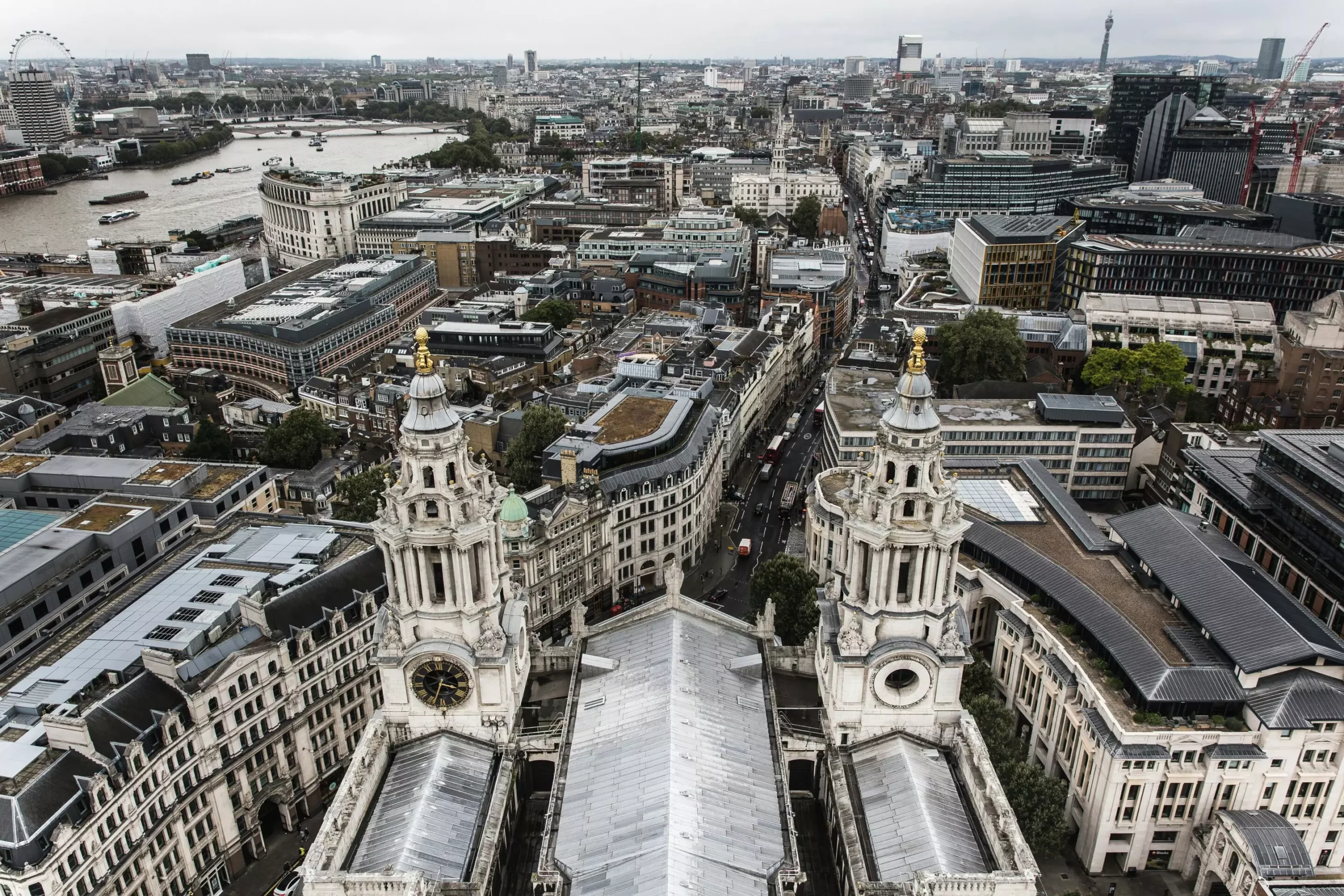The heat retention experienced in urban environments, commonly referred to as the “urban heat island” effect, plays a significant role in exacerbating temperature extremes in cities. During the sweltering summer of 2018, London recorded alarming temperatures that were 1.6 degrees Celsius above the average for that time of year. This phenomenon is not merely a statistical curiosity; it has tangible consequences for human health and the environment. With approximately 83% of the UK’s population residing in urban settings, the implications for urban planning and climate adaptation strategies are profound.
The study conducted by researchers from University College London (UCL) and the University of Exeter presents a compelling narrative about the potential impact of small infrastructure changes, specifically the implementation of cool roofs—roofs that utilize reflective materials to reduce heat absorption. This approach could offer a powerful tool in the fight against the negative effects of rising urban temperatures.
Analyzing data from the 2018 summer, the researchers posited that if reflective coatings had been universally applied to rooftops in London, the city could have experienced a drop in average temperatures by as much as 0.8 degrees Celsius. This cooling effect translates into an estimated prevention of 249 heat-related fatalities—a staggering 32% of the recorded heat-related deaths. Similarly, the study suggests that rooftop solar panels could have further mitigated the heat, resulting in a 0.3 degrees Celsius average drop in temperature and saving potentially 96 lives.
The statistical validation provided by using a sophisticated 3D computer model lends credence to the findings, illustrating the urgent need for cities to consider similar measures as climate change leads to more frequent and severe heatwaves.
While public health is a primary concern, the economic implications of such adaptations cannot be overlooked. The research identified that the 96 lives saved through the installation of rooftop solar panels could have alleviated London’s economic burdens by around £237 million. More strikingly, the deaths prevented by adopting cool roofs could have spared the city a burden of approximately £615 million.
This data underscores not just the importance of preserving life but also the financial advantages of proactive urban design. Investing in cool roofs and solar panels appears to be a win-win situation, improving the quality of urban life while simultaneously providing economic relief.
The findings from this study are particularly relevant as climate scientists project that similarly scorching summers will become more commonplace. This increasing frequency of extreme heat events necessitates immediate action and adaptation in urban planning. Dr. Charles Simpson from UCL aptly noted that “as the effects of climate change manifest more and more, people living in cities will need to find new ways to adapt.” His assertion accentuates the urgency for cities to explore innovative solutions to urban heat challenges.
Moreover, the study emphasizes that the combination of cool roofs and solar panels isn’t solely about cooling; it represents a merging of public health, environmental consciousness, and sustainable energy production. As cities grapple with reducing their carbon footprint, these infrastructures become dual-purpose assets offering both energy generation and urban cooling.
For urban planners and policymakers, the study reveals a clear path forward. Encouraging the installation of reflective roofing and solar panels could arise as central tenets of urban development strategy, especially in regions highly susceptible to climate-related temperature rises. Co-author Professor Tim Taylor from the University of Exeter remarked on the necessity of such adaptability, stating that cities must capture the co-benefits of these strategies to combat extreme weather impacts and enhance energy efficiency.
Strategies to promote public awareness of the benefits of cool roofs and encourage their adoption in both new and existing buildings need to be prioritized. Furthermore, potential financial incentives for homeowners and businesses to install cool roofing solutions should be explored as part of comprehensive climate action plans.
The research from UCL and the University of Exeter serves as a clarion call for cities facing the challenges posed by climate change. The implementation of cool roofs and rooftop solar panels has the potential to both save lives and reduce economic costs. Urban environments must adapt, and this study highlights actionable steps towards mitigating urban heat. The time for change is now—prioritizing the health and safety of urban residents should lead to innovative solutions that embrace sustainability, resilience, and a brighter, cooler future for cities like London and beyond.


Leave a Reply